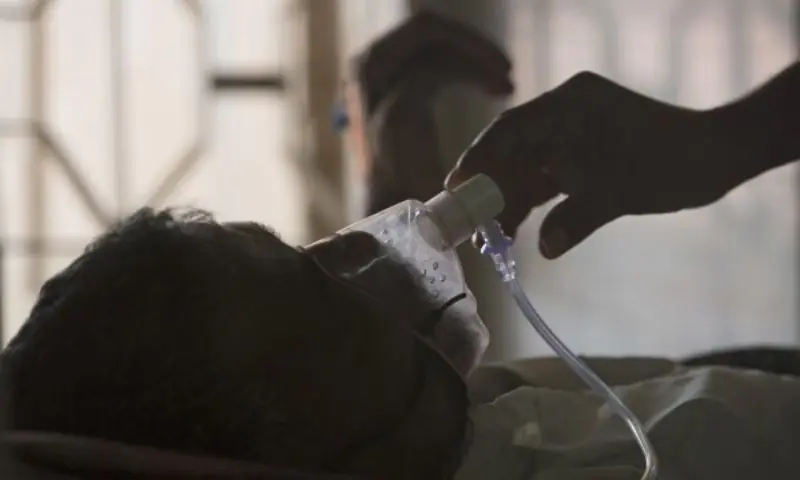Tuberculosis resurges as top infectious disease killer
The World Health Organization (WHO) published a new report on tuberculosis (TB) revealing that globally, approximately 8.2 million people were newly diagnosed with TB in 2023 – the highest number recorded since WHO began global TB monitoring in 1995. This represents a notable increase from 7.5 million reported in 2022 placing TB again as the leading infectious disease killer in 2023, surpassing COVID-19.
The WHO 2024 Global Tuberculosis Report highlights mixed progress in the global fight against TB, including persistent challenges such as significant underfunding.
In the Americas, while an estimated 342,000 people were diagnosed with TB in 2023, a 6.6% increase from the previous year, the number of people that died as a result of the disease has begun to decline, by 5.4% from 2022-2023
This reduction is due to an increase in the number of people diagnosed and treated – from 76% in 2022 to 78% in 2023.
The report shows that the disease disproportionately affects people in 30 high-burden countries, India (26%), Indonesia (10%), China (6.8%), the Philippines (6.8%) and Pakistan (6.3%) together accounted for 56% of global TB burden. In the Americas, eight countries account for 80% of TB cases in the Region while others, particularly in the Caribbean region, have reduced incidence to low levels and some are close to the threshold for disease elimination.
According to the report, 55% of people who developed TB were men, 33% were women and 12% were children and young adolescents.
“The fact that TB still kills and sickens so many people is an outrage, when we have the tools to prevent it, detect it and treat it,” said Dr. Tedros Adhanom Ghebreyesus. “WHO urges all countries to make good on the concrete commitments they have made to expand the use of these tools, and to end TB.”
In 2023, at global level the gap between the estimated number of new TB cases and those reported narrowed to about 2.7 million, down from COVID-19 pandemic levels of around 4 million in 2020 and 2021. This follows substantial national, regional and global efforts to recover from COVID-related disruptions to TB services. The coverage of TB preventive treatment has been sustained for people living with HIV and continues to improve for household contacts of people diagnosed with TB.
However, multidrug-resistant TB remains a public health crisis. Treatment success rates for multidrug-resistant or rifampicin-resistant TB (MDR/RR-TB) have now reached 68%. But, of the 400 000 people estimated to have developed MDR/RR-TB, only 44% were diagnosed and treated in 2023.
To address the TB epidemic, the Pan American Health Organization (PAHO) calls on countries to urgently implement new technologies and strategies that would enable countries to advance towards TB elimination. These include the implementation of rapid molecular tests to detect the disease at the primary health care level. While the use of these tests has increased from 40% to 48% from 2022-2023, this still falls short of the 100% goal.
PAHO also recommends that countries of the Americas utilize AI-assisted radiography for active case finding within vulnerable and most affected communities, as well as shorter oral regimens for treatment and prevention.
Funding gaps and challenges
Global funding for TB prevention and care decreased further in 2023 and remains far below target. Low- and middle-income countries (LMICs), which bear 98% of the TB burden, faced significant funding shortages. Only US$5.7 billion of the US$22 billion annual funding target was available in 2023, equivalent to only 26% of the global target.
The total amount of international donor funding in LMICs has remained at around US$1.1–1.2 billion per year for several years. The United States government remains the largest bilateral donor for TB. While the Global Fund to Fight AIDS, Tuberculosis and Malaria (the Global Fund) contribution to international funding of the TB response especially in LMICs is important, it remains insufficient to cover essential TB service needs. The report emphasizes that sustained financial investment is crucial for the success of TB prevention, diagnosis, and treatment efforts.
Globally, TB research remains severely underfunded with only one-fifth of the US$5 billion annual target reached in 2022. This impedes the development of new TB diagnostics, drugs, and vaccines. WHO continues leading efforts to advance the TB vaccine agenda, including with the support of the TB Vaccine Accelerator Council launched by WHO Director-General.



